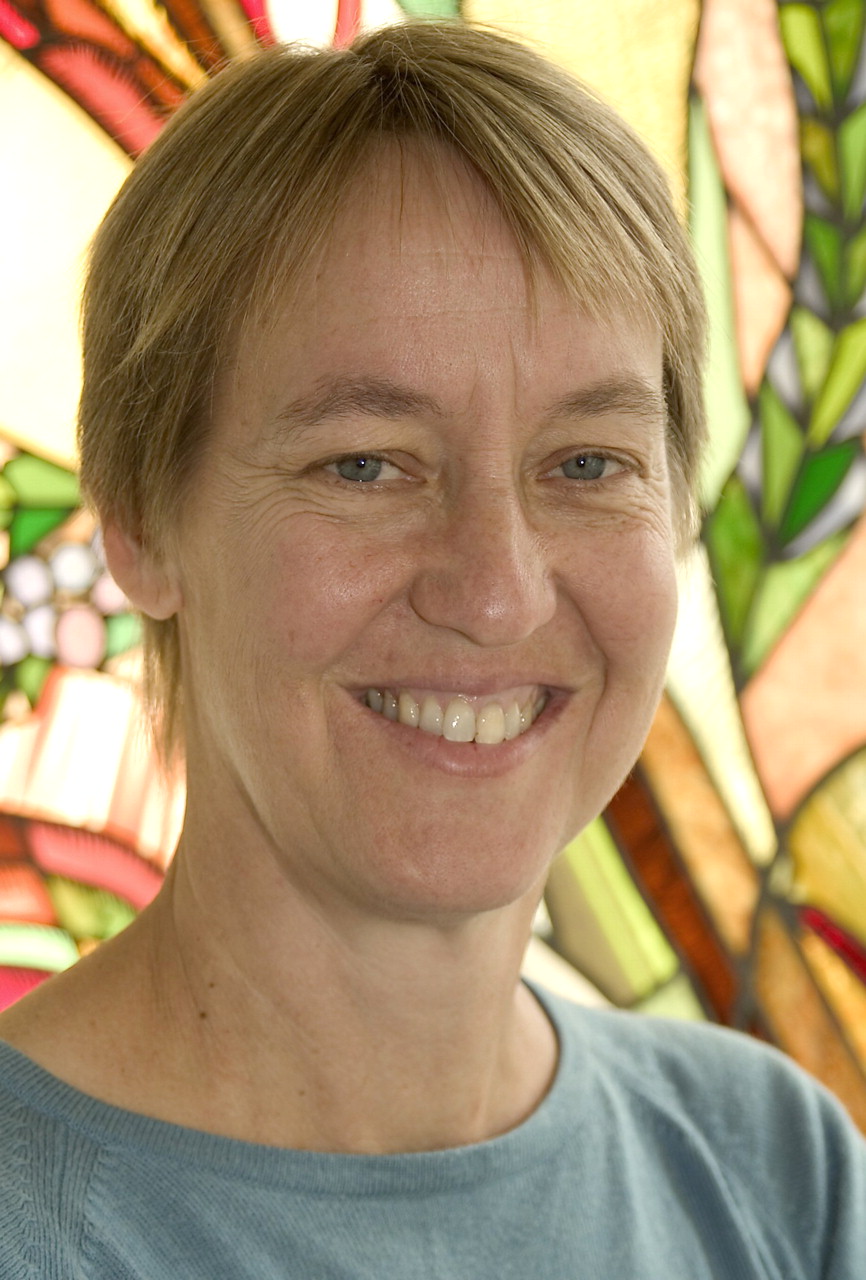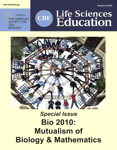E. Virginia Armbrust
Abstract
Note from the Editor
Educator Highlights for CBE-LSE show how professors at different kinds of institutions educate students in life sciences with inspiration and panache. If you have a particularly creative teaching portfolio yourself, or if you want to suggest someone else to be profiled, please e-mail Laura Hoopes at Pomona College, lhoopes@pomona.
E. Virginia Armbrust, Professor, School of Oceanography, Center for Environmental Genomics, University of Washington, Seattle, WA
Laura Hoopes: Ginger, what has been your most interesting teaching experience?
Ginger Armbrust: The classes when I've taken students to work on cruises, both teaching cruises and research cruises.
LH: What level students go with you on these cruises?
GA: I teach one sophomore course and one senior course using research vessels, where the students conduct their own research under carefully controlled conditions.
LH: What do they learn on these cruises?
GA: The sophomores first learn proper methods of sample collection; then after they return, they analyze the results in the laboratory and write up what they have found as a report or paper. The seniors can develop their own project with some consultation, and conduct the experiment at sea.
LH: How much freedom do the seniors have in choosing a project? Are there constraints?
GA: Yes, the research cruises that they participate in are defined by my project, so they work on specific questions regarding Puget Sound and Estuary. But within those constraints, the students can design their own project.
LH: What kinds of activities do the sophomores and seniors pursue in these classes?
GA: Both sophomores and seniors explain their plans to the other students in the class, and also present their results to each other plus the instructors. The sophomores simply have a more restricted set of possible experiments they can do for their projects.
LH: Can you give me an example of a student project in the senior course?
GA: One example is a study of how much phytoplankton biomass is produced under a particular set of circumstances, i.e., depth, temperature, or pressure. The students spend time in lab over spring break learning the techniques for chlorophyll extraction as a biomass indicator, and learning how to collect seawater in Niskin bottles. They also learn how to measure photosynthesis via C14 labeled CO2 incorporation into sugars, or by measuring oxygen using a colorimetric titration.
They incubate dark and light bottles cooled by water, and they can vary mineral nutrition, light intensity, etc. They can do the oxygen measurements while they are at sea; the radioactive CO2 incorporation is completed back in lab.
LH: Do you have them work with statistical evaluations of their data?
GA: Yes, that's very important. Sampling tempts them to throw out some of the data, and they need to understand what is permissible and what is data manipulation. I think the biomathematical expertise they gain is a very important aspect of their work.
LH: How large are your classes in a typical year?
GA: There are approximately 200 students in Introductory Oceanography, a smaller number in the sophomore class, and in the senior level class, we can take up to 30 students, but in some years the class is as small as 15. It is offered in the second quarter of the year. In the first quarter these students take a class that develops their ability to design experiments. In the first course they choose a place, say the Galapagos, and they read about the ocean floor, currents, temperatures and pressures, etc., and then design experiments to find out about primary productivity there.
LH: In the large classes, do you need to just lecture, or can you make the class more interactive?
GA: We always try to make our classes as interactive as we can. We bring in current news about the sea and global warming, etc., and get the students to discuss why they should care about what's happening to oceans. I wish we could do a project in the introductory class, but it's just too big to take them all on a cruise. But we introduce them to how scientists think about things. It's more exciting to go on the cruises! But then I'm an oceanographer. We show clips, maybe a YouTube™ video on the environment we're discussing. We have in-class activities. For example, we give a map of the sea floor features, then we ask them to find a specific latitude and longitude and describe the sea floor. They enjoy bringing that map to life in their minds, and that spatial awareness is going to come in handy later for cruises. It's very different from reading a terrestrial map in some ways, but similar in other ways.
LH: How interdisciplinary is the introductory course?
GA: It is almost entirely interdisciplinary. You need to understand geology, chemistry, biology, mathematics, and physics; without all of these disciplines and their interactions, you can't make sense of the marine environment. We want that complexity to be clear from the start.
LH: On the research cruises, do the senior undergraduate students work with graduate students and postdoctoral fellows?
GA: Yes, they can discuss options with graduate students while they are developing their designs and share their data with the graduate students later. But the seniors define their own directions and methods; the graduate students are not supposed to take over the designing of the experiments. We feel that's a very important part of what the seniors learn in the course.
LH: How do you assess the students' learning?
GA: We use their papers and presentations, look for a strong hypothesis, skill in their work at sea and in the laboratory, and clear presentations of ideas. We also include a component of how well they work together; in oceanography, that is an essential ingredient of success.
LH: Thank you for explaining your courses to CBE-Life Sciences Education!



